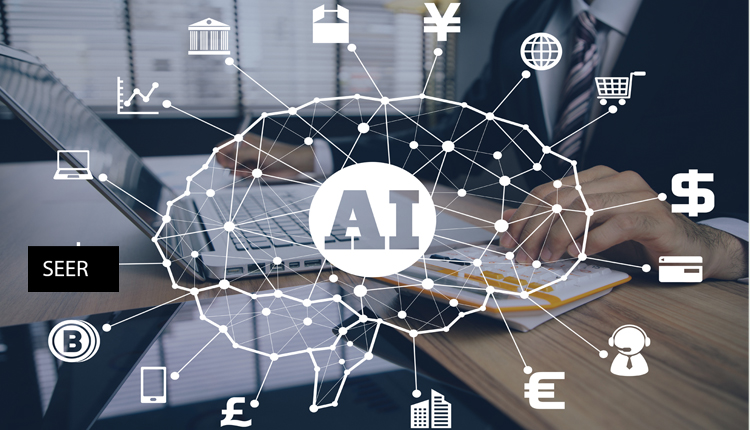As COVID-19 started to spread globally this year, operations at many businesses shifted to remote work or ground to a halt, but many factories did not. Many warehouses and factories have been able to continue operating safely and efficiently in part due to AI and robotics technologies.
Even in India a strict lockdown was imposed, and key segments of Indian manufacturing came to a screeching halt in response to the lockdown orders issued by central and state governments and the suspension of public transport services in many places in the country.
- Advertisement -
It is in such unprecedented times that innovations helped keep operations running and essential workers safe and distanced or while on the job, ensuring that critical packages, such as food items, medications and other important goods, are produced and delivered in a timely manner.
A few IEEE Impact Creators and top engineering experts to share their insights on the technologies helping factories stay open and keeping employees safely distanced throughout this pandemic.
What is a “lights out” factory and how is it different from a standard factory?
“A light out factory refers to a factory that is very automated and thus doesn’t need to provide light and other services that would be needed if workers were routinely used in manufacturing. Regular factories using factory workers are not ‘lights out’ since workers need light and other services for their comfort and safety. Lights out factories can conceivably run 24 hours a day, with no breaks in production, except for equipment maintenance or replacement.
There are many examples of such factories today. For example, most advanced semiconductor fabrication facilities (fabs) are ‘lights out’. For these fabs there is additional benefit from not having humans in the factory, since they are a significant source of contamination that could impact the quantitative measure of the quality of a semiconductor process known as wafer yields.” – Tom Coughlin, IEEE Fellow
What are digital twins and how can we be utilizing this technology more?
- Advertisement -
“A digital twin is a digital representation of a physical object or system that can be used to simulate impacts and monitor these physical systems most often in real time as well. The functionality of digital twins can better support the design, operation and maintenance of the built environments making it safer and more efficient.
At present the technology behind digital twins has expanded to include larger things such as buildings, factories, cities and now even people and processes as well. The explosion of IoT sensors are what makes digital twins possible. As IoT devices evolve, digital twin scenarios can include smaller and less complex objects giving added benefits to the organization.
Digital twins are used to predict different outcomes based on variable data. With various software and data analytics capabilities, digital twins can often optimize an IoT deployment for maximum efficiency, as well as help designers figure out where things should go or how they operate before they are physically deployed.
The more that a digital twin can duplicate the physical object, the more likely that efficiencies and other benefits can be found. For instance, in manufacturing — where more complex machineries are — a digital twin would be a perfect solution to understand the present health of the machines, give an understanding of how the machinery has performed in the past, help in predicting future performances as well us giving us a prediction of remaining useful life of the machines as well.
To understand how exactly a physical system would work in real life in a more cost-effective manner (without implementing the system physically) it would be wise to use digital twins more often.” – Sukanya Mandal, IEEE Member
How can robotics and other technologies help keep us safe during covid-19?
“Two ways we can use technology to keep us safe during these times are contact tracing and spread prevention. Many organizations are using IoT to monitor human interactions within their facilities. If an employee comes down with COVID-19, the data can be used to determine who encountered the sick employee, and for how long. Employees with prolonged exposures can then be proactively tested and quarantined to help prevent further spread.
IoT can also be used to determine the density of employees in each area. Areas that show unacceptable levels of congregation can be re-engineered to better space out employees and potentially limiting the spread.
Another way to prevent spread is to replace in-person activities with virtual ones. For instance, using virtual reality headsets to replace hands-on training for factory employees.” – Carmen Fontana, IEEE Member
If you have an interesting article / experience / case study to share, please get in touch with us at [email protected]
Advertisement



